The first place we visited was the family of artisan Nguyen Dinh Dai, over 60 years old, in Cao Dat Doai village. He is the 4th generation in the family with the oldest traditional silk weaving profession in Nam Cao. He said that the people of Nam Cao village still spin silk by hand, and there is no machine in the world that can replace it.
This technique can utilize even broken cocoons that cannot be spun into silk, to pull and twist the thread, then reconnect it into linen thread. Currently, Nam Cao's silk linen does not use waste cocoons, but uses clean and beautiful cocoons, after spinning the thread, it goes through 20 manual steps to create a fabric with enough softness and drape.
Mr. Dai's father was the one who sought to "learn" from neighboring weaving villages and invented the loom, creating a unique weaving technique for Nam Cao village, instead of just providing raw materials like silk and linen as before. Through many upgrades, the looms now have motors and run semi-automatically, helping to increase productivity as well as reduce the hardship for weavers. Nam Cao's fabrics have been exported to France and Europe, now to Thailand and Laos, and are focusing on exploiting the domestic market, putting them into fashion designs and daily-use products to serve Vietnamese consumers.
Both originate from silk fibers, but linen has its own unique characteristics compared to silk. While silk is soft, smooth and can be mass-produced by machines, linen is rougher and can only be produced by hand. Linen is porous because the fibers are hand-drawn, so it will be warm in winter, cool in summer, easy to wash and dry quickly. Linen does not look attractive at first, but the more it comes into contact with the body, the softer and shinier it becomes. In addition to its applications in fashion, linen also has medical effects such as antibacterial and fire resistance thanks to the natural properties of silkworms. Linen is increasingly valuable, because it has become a precious material that the sustainable fashion industry is looking for.
Heritage Magazine


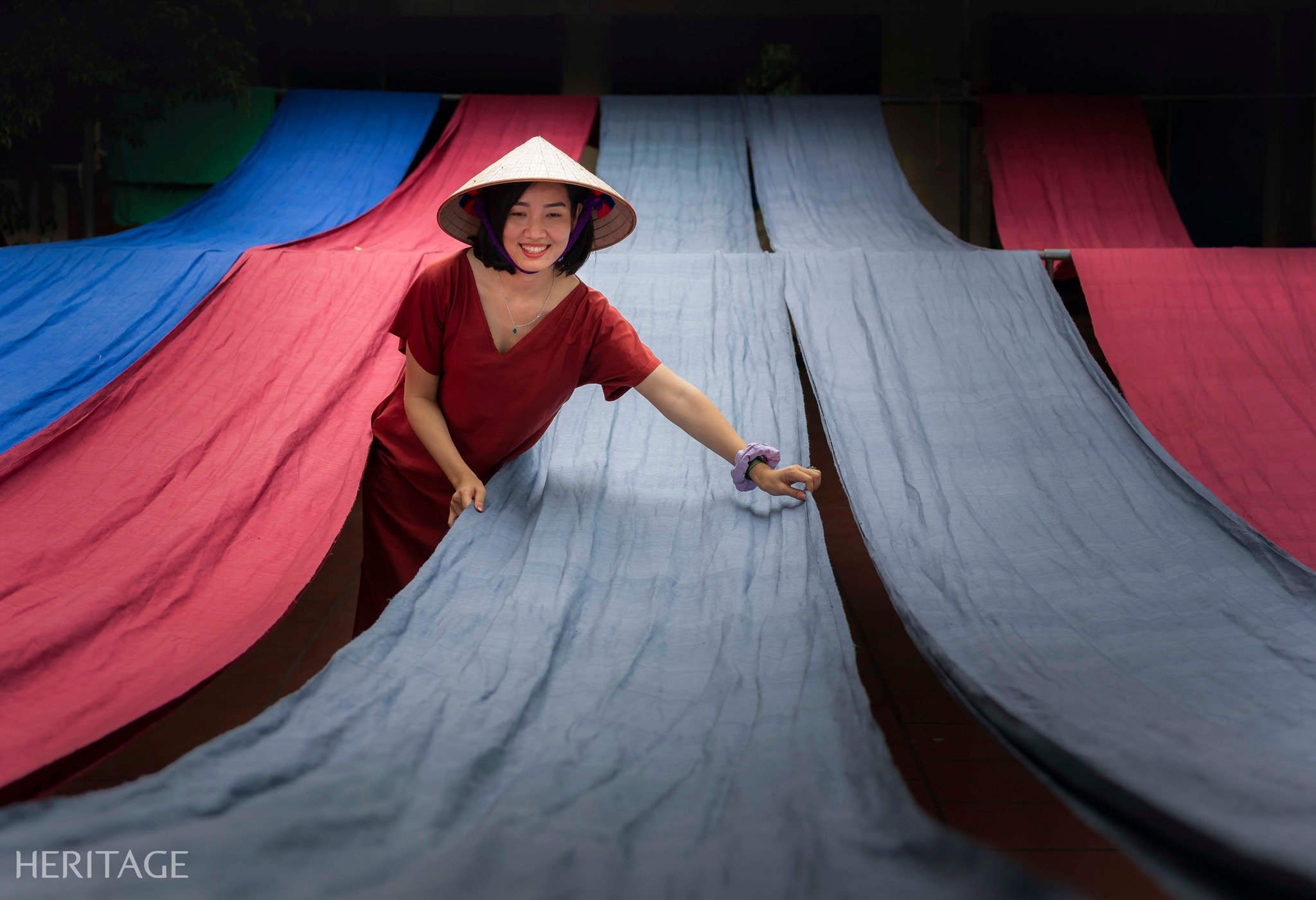
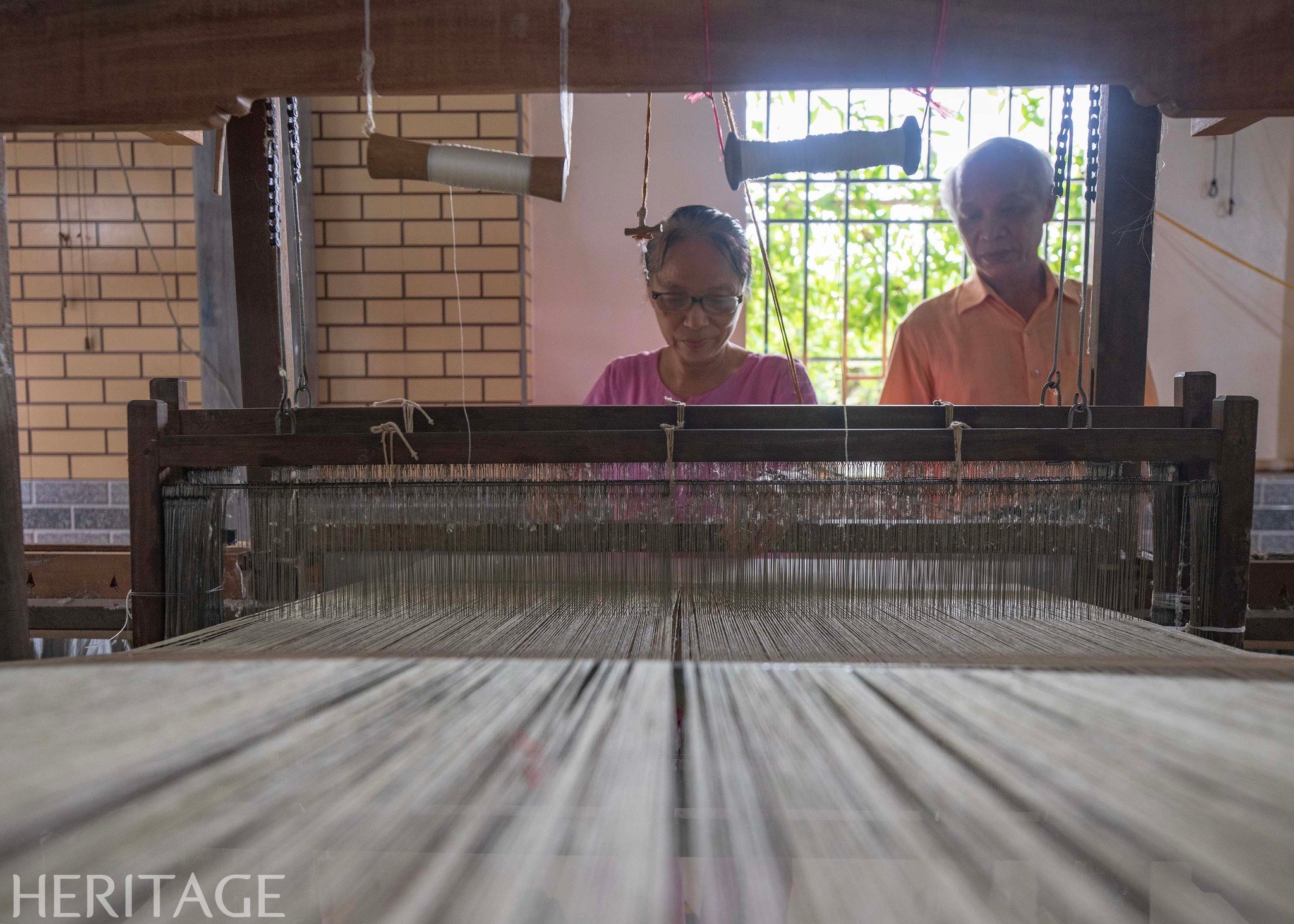
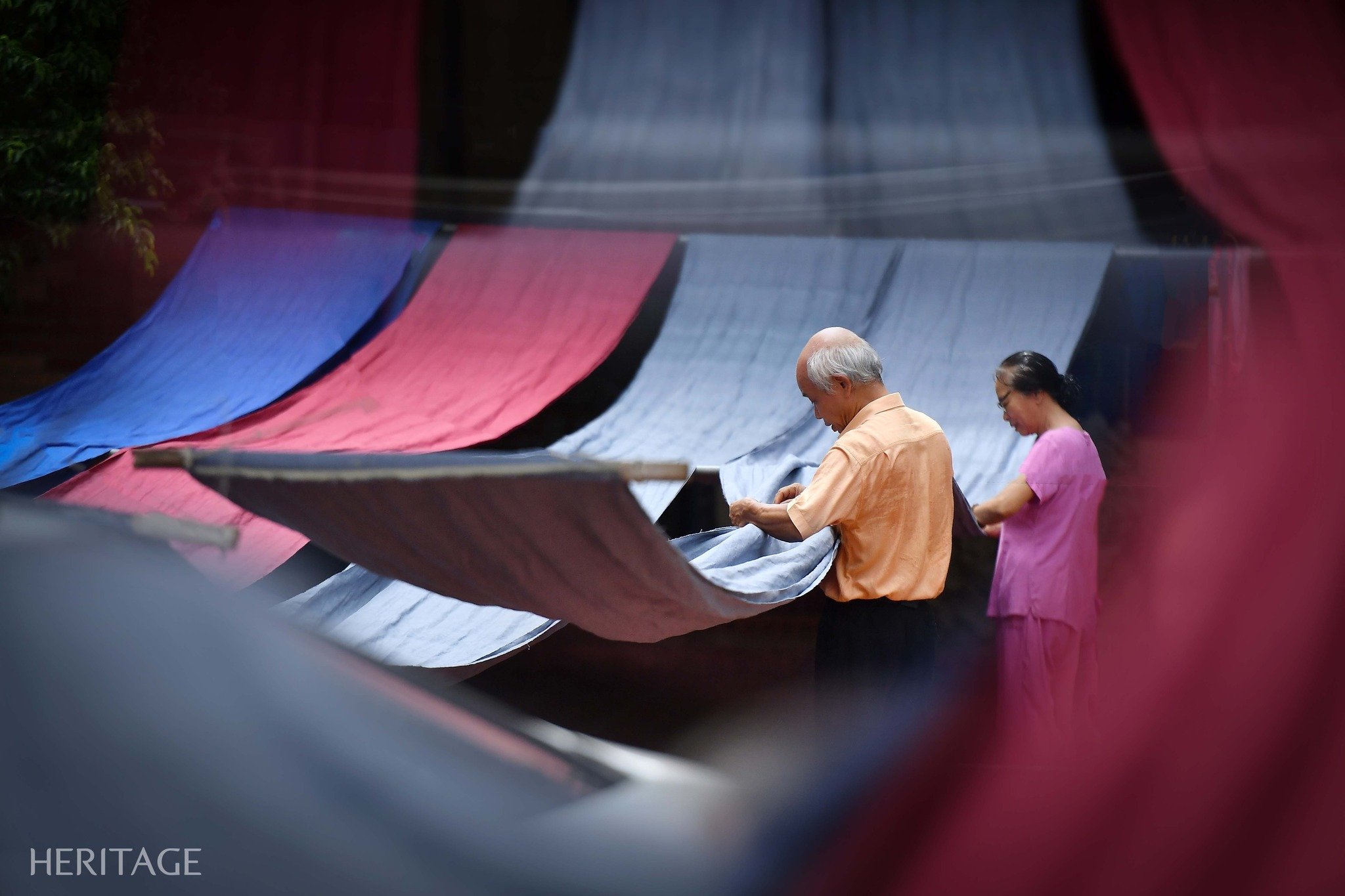
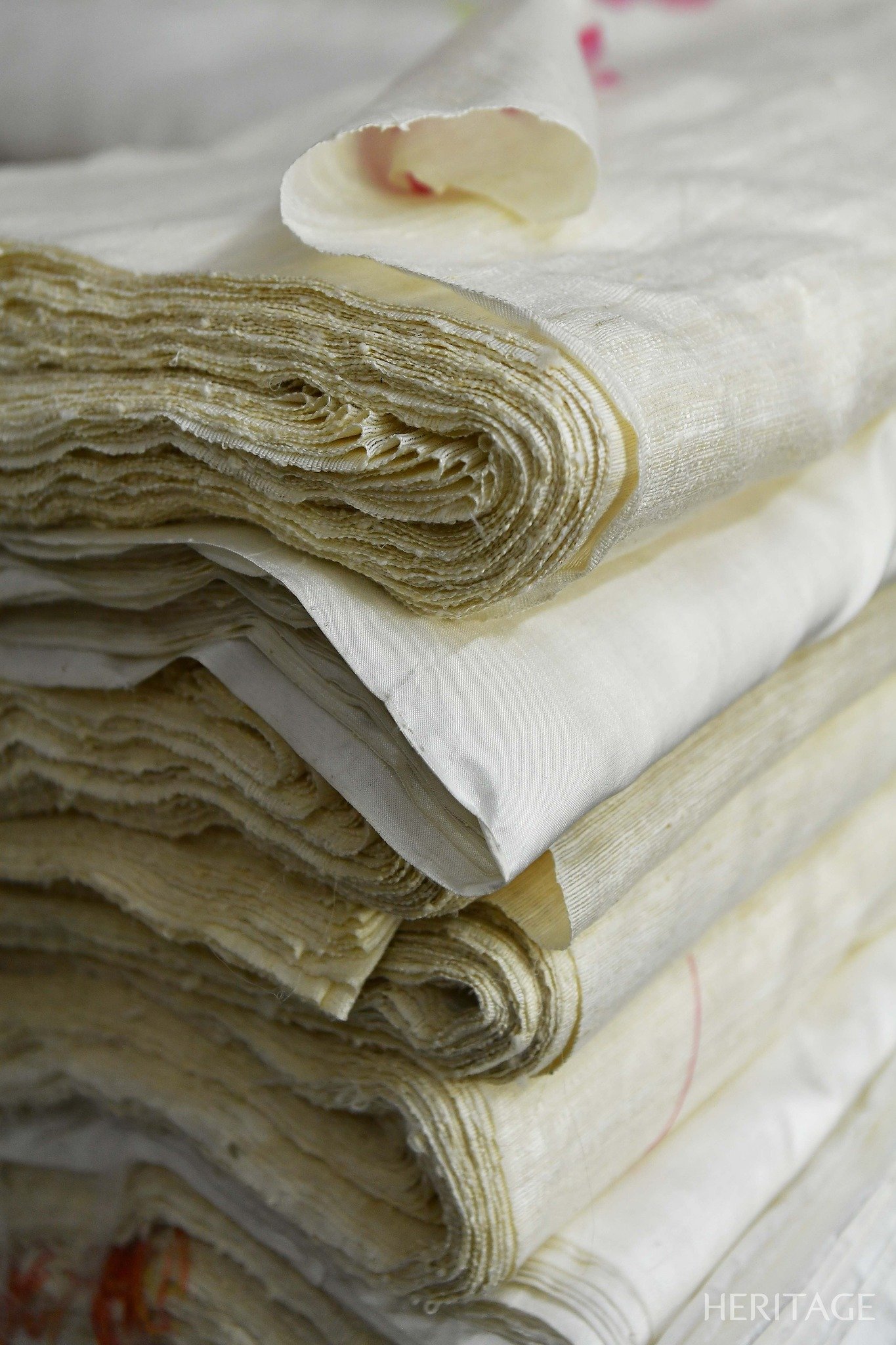
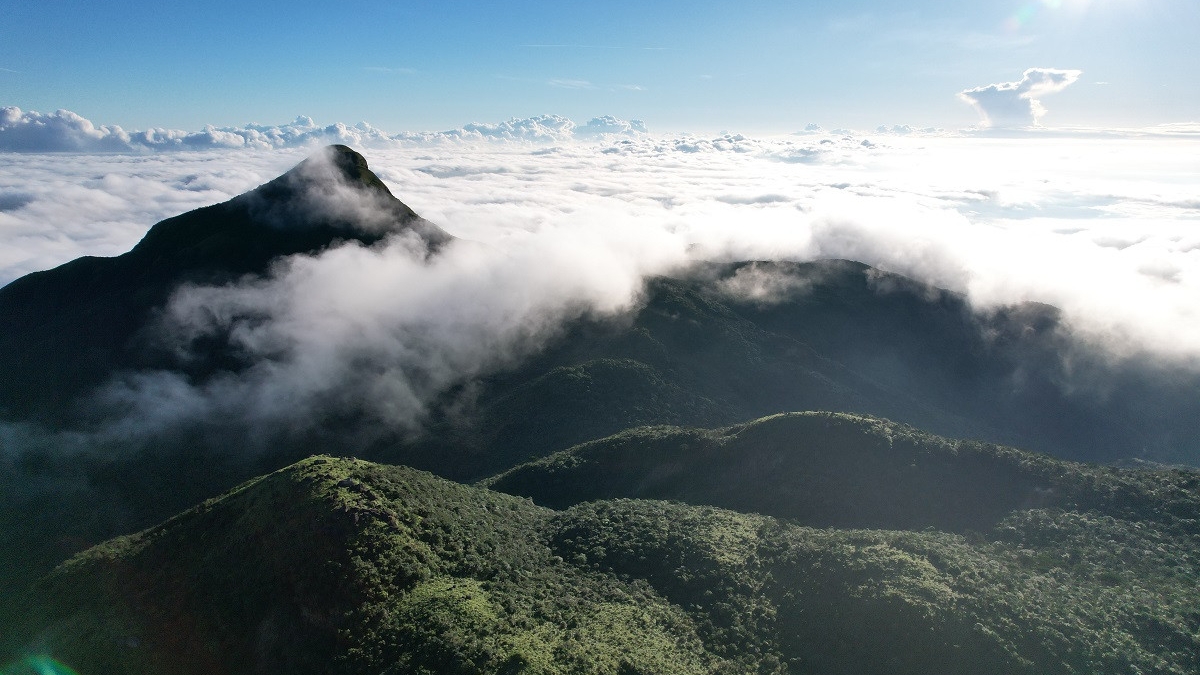
![[Photo] Fall Fair 2025 and impressive records](https://vphoto.vietnam.vn/thumb/1200x675/vietnam/resource/IMAGE/2025/11/03/1762180761230_ndo_br_tk-hcmt-15-jpg.webp)
![[Photo] Prime Minister Pham Minh Chinh receives the Chairman of the Japan-Vietnam Friendship Association in the Kansai region](https://vphoto.vietnam.vn/thumb/1200x675/vietnam/resource/IMAGE/2025/11/03/1762176259003_ndo_br_dsc-9224-jpg.webp)
![[Photo] General Secretary To Lam receives Singaporean Ambassador Jaya Ratnam](https://vphoto.vietnam.vn/thumb/1200x675/vietnam/resource/IMAGE/2025/11/03/1762171461424_a1-bnd-5309-9100-jpg.webp)
![[Photo] Lam Dong: Close-up of illegal lake with broken wall](https://vphoto.vietnam.vn/thumb/1200x675/vietnam/resource/IMAGE/2025/11/03/1762166057849_a5018a8dcbd5478b1ec4-jpg.webp)












![[Photo] Fall Fair 2025 and impressive records](https://vphoto.vietnam.vn/thumb/402x226/vietnam/resource/IMAGE/2025/11/03/1762180761230_ndo_br_tk-hcmt-15-jpg.webp)

![[Photo] Prime Minister Pham Minh Chinh receives the Chairman of the Japan-Vietnam Friendship Association in the Kansai region](https://vphoto.vietnam.vn/thumb/402x226/vietnam/resource/IMAGE/2025/11/03/1762176259003_ndo_br_dsc-9224-jpg.webp)
![[Photo] Lam Dong: Close-up of illegal lake with broken wall](https://vphoto.vietnam.vn/thumb/402x226/vietnam/resource/IMAGE/2025/11/03/1762166057849_a5018a8dcbd5478b1ec4-jpg.webp)






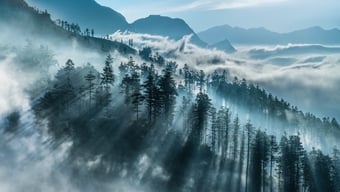






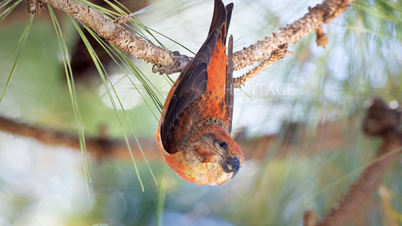

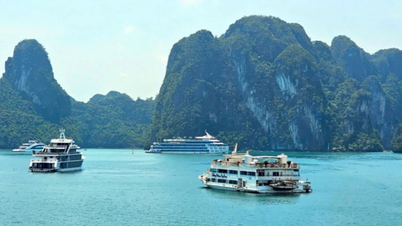
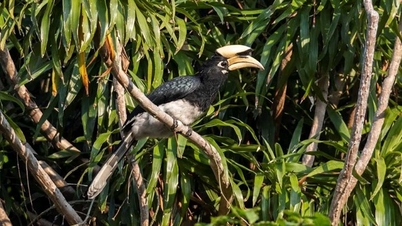
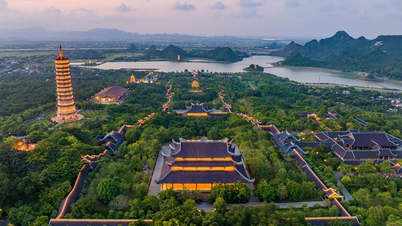

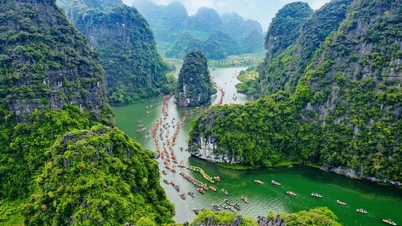



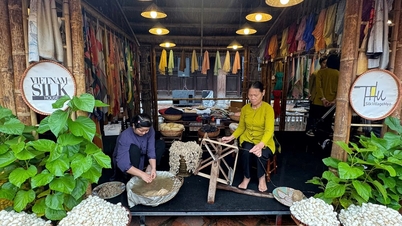
































































Comment (0)